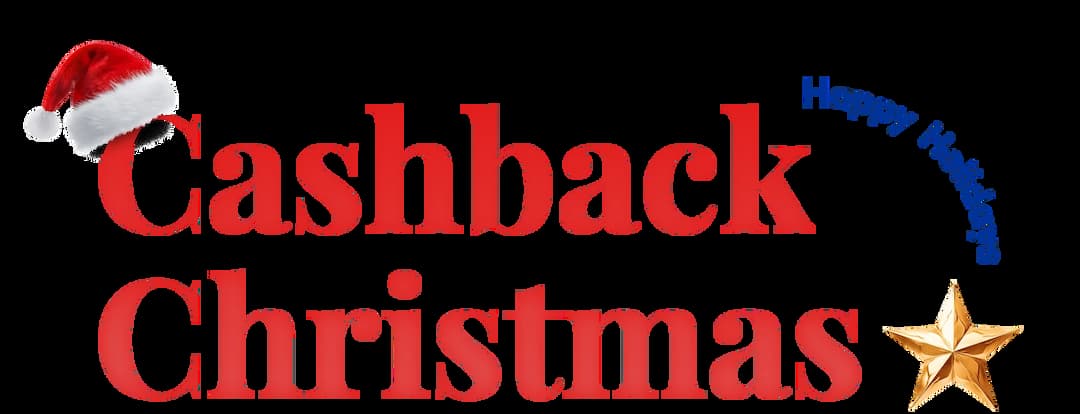What is the E.164 Format and How to Use It?

There are billions of phone numbers across different countries. Each country's telephone carriers and national telecommunication authority have their own system to ensure that every phone number is unique and not duplicated. However, local numbers in one country can sometimes match numbers in another country, and if this happens, it would be extremely difficult to route calls to the right place.
The E.164 phone number format ensures that every phone number worldwide is unique and can be easily accessed from anywhere accurately.
In this article, we’ll explore the E.164 format in detail, alongside examples and the dialing process.
Keep Reading!
Key Highlights:
The E.164 format is a global standard for dialing international phone numbers, ensuring every number is unique worldwide.
The key components of an E.164 phone number are the "+" sign, country code, area code, and subscriber number.
The length of E.164 phone numbers can be up to 15 digits, including the country code, area code, and subscriber number.
When formatting the E.164 phone numbers, avoid including the trunk code '0'.
What Is the E.164 Phone Number?
The E.164 phone number is a telephone number format introduced by the International Telecommunication Union to ensure each PSTN (Public Switched Telephone Network) device worldwide has a unique number. This standardized structure provides a consistent structure, simplifying the process of making international calls and sending text messages overseas.
In simple terms, the E.164 format serves as a standard for dialing a phone number internationally, ensuring that your call or message is routed correctly regardless of the person's location.
E.164 Phone Number Format
E.164 phone number is formatted as a “+” symbol followed by a country code and a recipient’s phone number (area code + subscriber’s number).

E.164 number format: [+] [country code] [area code] [Subscriber Number]
- The “+” Symbol: Signals you are making an international call.
- Country Code: Indicates the country of origin for the number.
- Area Code/NDC: Indicates the specific region or telephone network within a country.
- Subscriber Number: The unique number of the person you’re trying to reach.
Note: Many countries have the trunk code, like 0, in front of their area code/NDC, which is used for local calling. Ensure you always omit it when making a call internationally. However, some countries, such as Italy and San Marino, do require the trunk code even when calling from overseas.
How to Dial an E.164 Phone Number Correctly?
To dial an E.164 phone number, enter “+”, the country code, and the area code, followed by the subscriber’s number.
Step 1: Dial the “+” sign
Step 2: Enter the country code of your dialing nation.
Step 3: Dial the area code of your target region.
Step 4: Enter the subscriber’s unique number.
For instance, to call Mexico from the US, dial +52 81 1234 56X
- 52 - Mexico country code
- 81 - Monterrey area code
- 1234 56X - Subscriber’s number
E.164 Phone Number Format Examples of Some Popular Countries
United States
E.164 Format for US Phone Number: +1718555123X
- 1 - US country code
- 718 - New York City area code
- 555 123X - Subscriber’s number
United Kingdom
E.164 Format for UK Phone Number: +44207946095X
- 44 - United Kingdom country code
- 20 - London area code
- 7946 095X - Subscriber’s number
Australia
E.164 Format for Australia Phone Number: +6129876543X
- 61 - Australia country code
- 2 - New South Wales area code
- 9876 543X - Subscriber number
Italy
E.164 Format for Italy Phone Number: +39061234567X
- 39 - Italy country code
- 06 - Rome area code
- 1234 567X - Subscriber’s number
Simplify Global Calling—Try Our Business Phone System Now!
Common Mistakes to Avoid When Formatting E.164 Phone Number
When formatting an E.164 number, ensure the “+” sign is included, avoid extra zeros from the trunk codes, use correct country or area codes, adhere to the digit limit, and ensure the phone number is dialed correctly.

- Misunderstanding the Length: The length of E.164 numbers should never exceed the maximum of 15 digits, including the country code.
- Not Including the Plus Sign: The "+" sign is essential for indicating international dialing.
- Using the Wrong Country Code: Make sure you use the correct country code for the recipient’s location.
- Adding the Trunk Code: Omit the trunk code when calling from abroad (except some specific countries).
- Entering the Wrong Area Code or Recipient's Number: Double-check the area code and the telephone number to avoid dialing the wrong number.
Conclusion
The E.164 format is a global standard for dialing international phone numbers. It ensures that every phone number is unique, easily recognizable, and can be reached accurately. While the structure remains the same, the unique combination of country codes and area codes differentiates phone numbers across various countries.

Get Cashbacks Up to 43% Straight To Your Wallet!
Unlimited Virtual Numbers – Local, Mobile & Toll-Free from 100+ Countries
Free Local Phone Number from US or Canada
Crystal-Clear Calls Starting at Just $0.0153/min
24/7 Human Support – Because Great Service Never Takes a Holiday


Frequently Asked Questions
What are E164 standards?
E.164 standards are guidelines for writing international phone numbers worldwide. It starts with a '+' sign, followed by a country code, area code, and unique contact number, with a maximum of 15 digits. The number is written without spaces or special characters.
How do I convert a number to E164 format?
What is E164 used for?
Can I use the E.164 format for mobile numbers?
Do all countries use the same E.164 format?

Still have questions?
Can’t find the answer you’re looking for? Please chat with our friendly team.
Stay in the loop
Get the latest call insights, trends, and updates delivered straight to your inbox.
By subscribing, you agree to receive updates from Calilio.
You can unsubscribe anytime.